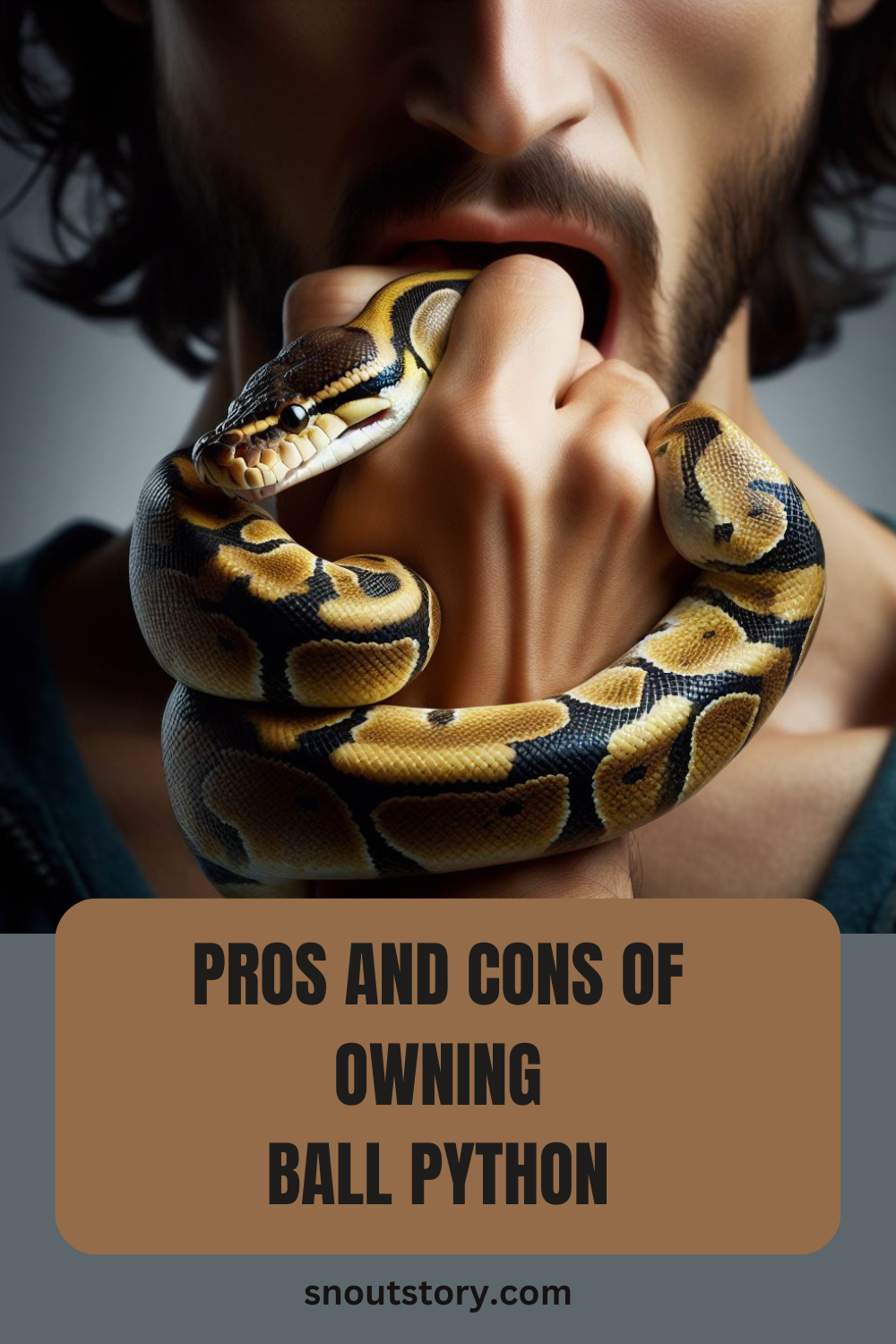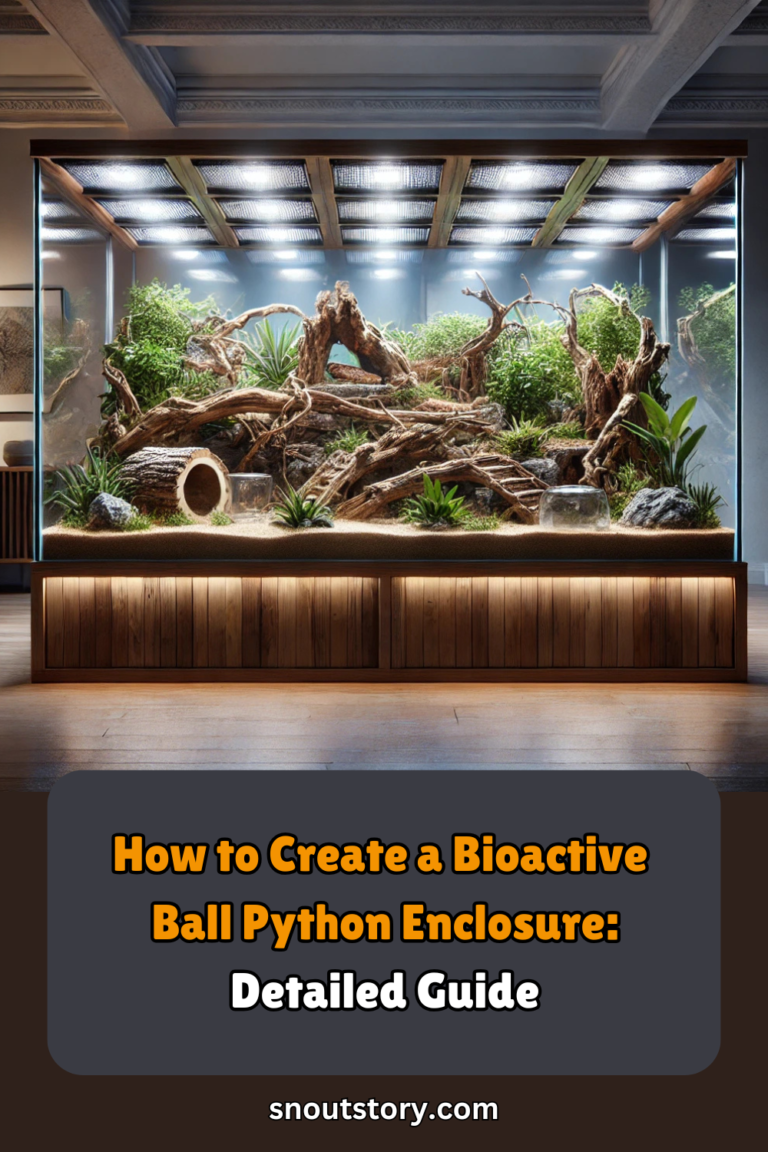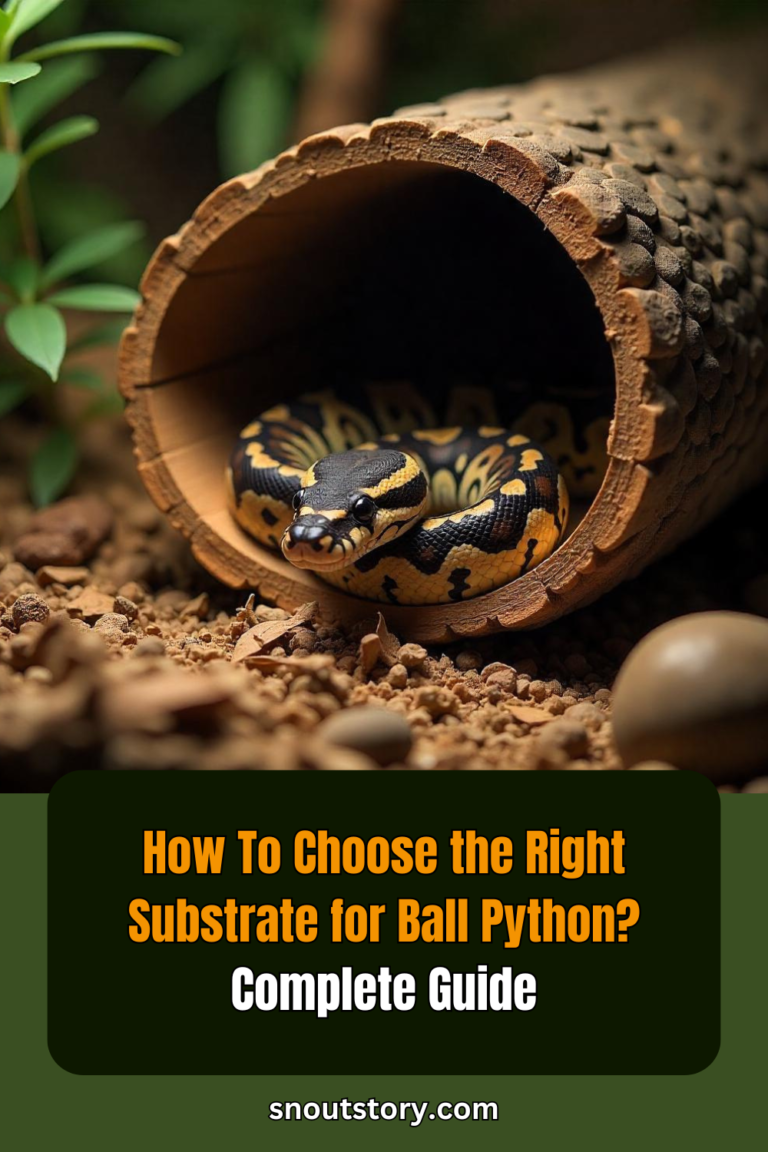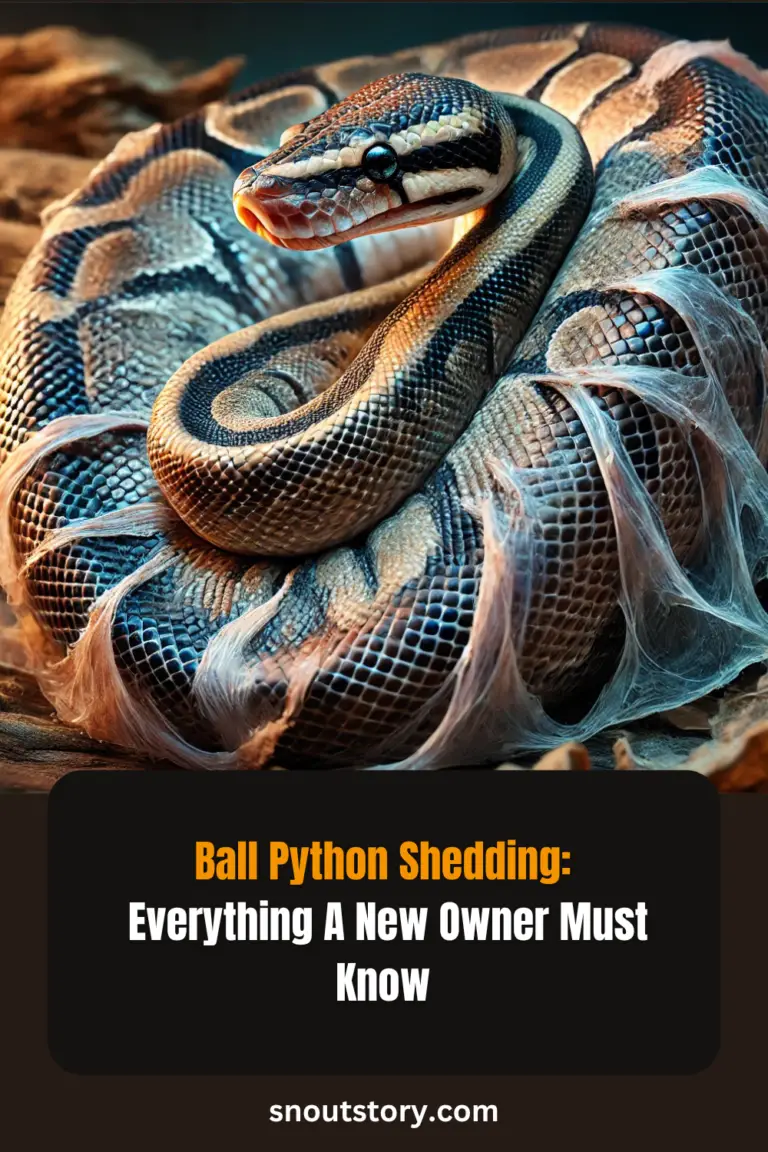In recent years ball pythons have gained popularity as pets, all the credit goes to their docile nature, unique morphs, and small size.
A pet ball python can be a fascinating and fulfilling addition to any home, but it’s crucial to consider the pros and cons before deciding to have one. To help you make a wise choice, this article will take a close look at the advantages and disadvantages of owning a ball python as a pet.
Pros of getting a Ball Python:
1. Low Maintenance:
Ball pythons are fairly low-maintenance pets, and do not require as much attention as other reptiles such as bearded dragons or iguanas. They only need to be fed once a week, and their enclosure only needs to be cleaned once a month. Compared to other python species they are small in size, when ball pythons hatch, they are 10 to 17 inches long. Adult females are around 5 feet long and males are even smaller around 3 to 4 feet long.
2. Docile Nature:
Ball pythons are famous for being calm and generally simple to handle. They are a fantastic choice for beginner reptile owners or families with young children because they rarely bite or hiss. Compared to some other snakes like corn snakes, they are more robust and easier to handle, making them suitable and easy for beginner reptile owners to handle.
3. Variety of colors and morphs:
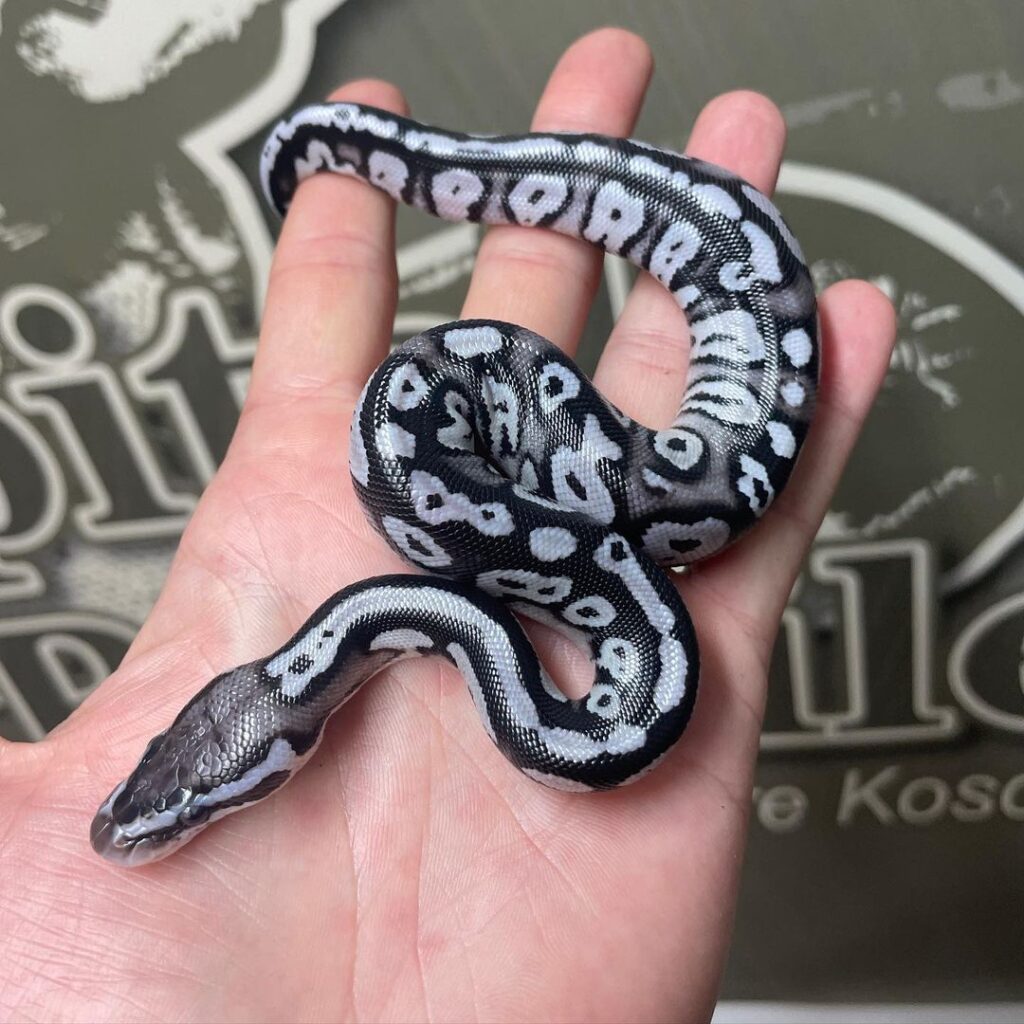
You can select a ball python that appeals to your sense of style because they come in a wide range of colors and pattern morphs.
There are currently dozens of ball python morphs known, and new ones are constantly being found. While some morphs differ significantly more than others, others are only marginally different and may only exhibit a tiny change in color or pattern.
4. Can live in small spaces:
Ball pythons do not require a lot of space and can be kept in small enclosures. This makes them a great choice for those with limited living space. They usually don’t move a lot and prefer basking or hiding in one place.
Though it is recommended to provide a bigger enclosure, ideally a 4x2x2’ tank i.e., around 120 gallons. Here’s a ideal enclosure you should be using as a beginner:

Can Multiple Ball Pythons live together? (Click Here to read more)
Cons of getting a Ball Python
1. Can live up to 30 years:
Before taking a ball python home, it’s crucial to think about the long-term commitment because they can live up to 30 years in captivity. 30 years is a long time to stay committed to a pet, many people get a ball python at first but soon realize the duration they have to care for their snake, within the first 5 years around 32% of owners leave their snake in the wild causing ecological imbalance or some end up in animal shelters.
2. Can be picky eaters:
Some ball pythons can be picky eaters and may only accept certain types of prey. I think the main issue is that if you only have one snake, you run the risk of wasting rats because they frequently stop eating for no apparent reason.
Being cold-blooded animals, even the slightest change in temperature or humidity than required can slow down their metabolism and lead them to stop eating.
3. Can be expensive:
Purchasing a ball python can be expensive, especially if it has a distinctive color or pattern morph. Some rare morphs can cost even thousands of dollars. Additionally, the price of an enclosure, heating, and lighting might add up.
The cost of their food is also high as compared to some other reptiles like iguanas, bearded dragons, or geckos.
4. Can be sensitive to temperature and humidity:
The right combination of humidity and temperature is essential for the growth of ball pythons. It is crucial to make sure that their enclosure is appropriately configured and that the temperature and humidity are constantly checked.
Ball Pythons prefer temperatures between 75 and 80 ℉ on the cooler side and 80 and 85 degrees on the warmer side. Make sure that there is a basking area and maintain it at a warmer temperature, ideally between 88 and 92°F.
Conclusion
If you found our content helpful and valuable, you can support us by making any of your purchases (even products other than recommended in the blog) from our affiliate links (Ofc with no extra cost to you😉).
A pet ball python can make a great addition to any household, but it is important to carefully consider the pros and cons before deciding to bring one home. They have a low maintenance requirement, are calm, and have many different color and pattern morphs. However, they can live up to 30 years, they could be picky eaters, they might be pricey, and they need particular humidity and temperature levels. A ball python can make an excellent companion for many years if given the right care and attention.
Make sure to do your research before deciding to get a ball python.
Recommended
How to Create a Bioactive Ball Python Enclosure: Detailed Guide
12 Ball Python Enclosure Setup Ideas For Realistic Habitat
How To Choose the Right Substrate for Ball Python? Complete Guide
Ball Python Shedding: Everything A New Owner Must Know
Why Is My Ball Python Not Eating? And How To Fix It!
How To Breed Ball Python – A Comprehensive Guide

Vedant Narvekar is an experienced digital marketing expert with a profound love for nature and animals. With a career rooted in leveraging online platforms to drive engagement and promote meaningful causes, Vedant’s passion for animals inspired him to start Snout Story—a blog dedicated to educating people about pet keeping and sharing proper knowledge about caring for animals. Drawing on his expertise in digital marketing, Vedant utilizes his platform to advocate for responsible pet ownership, providing valuable insights on pet care, training, nutrition, and more. Through Snout Story, Vedant aims to empower pet lovers with the information they need to provide the best possible care for their furry companions, while also fostering a deeper appreciation for the natural world and the creatures that inhabit it.

